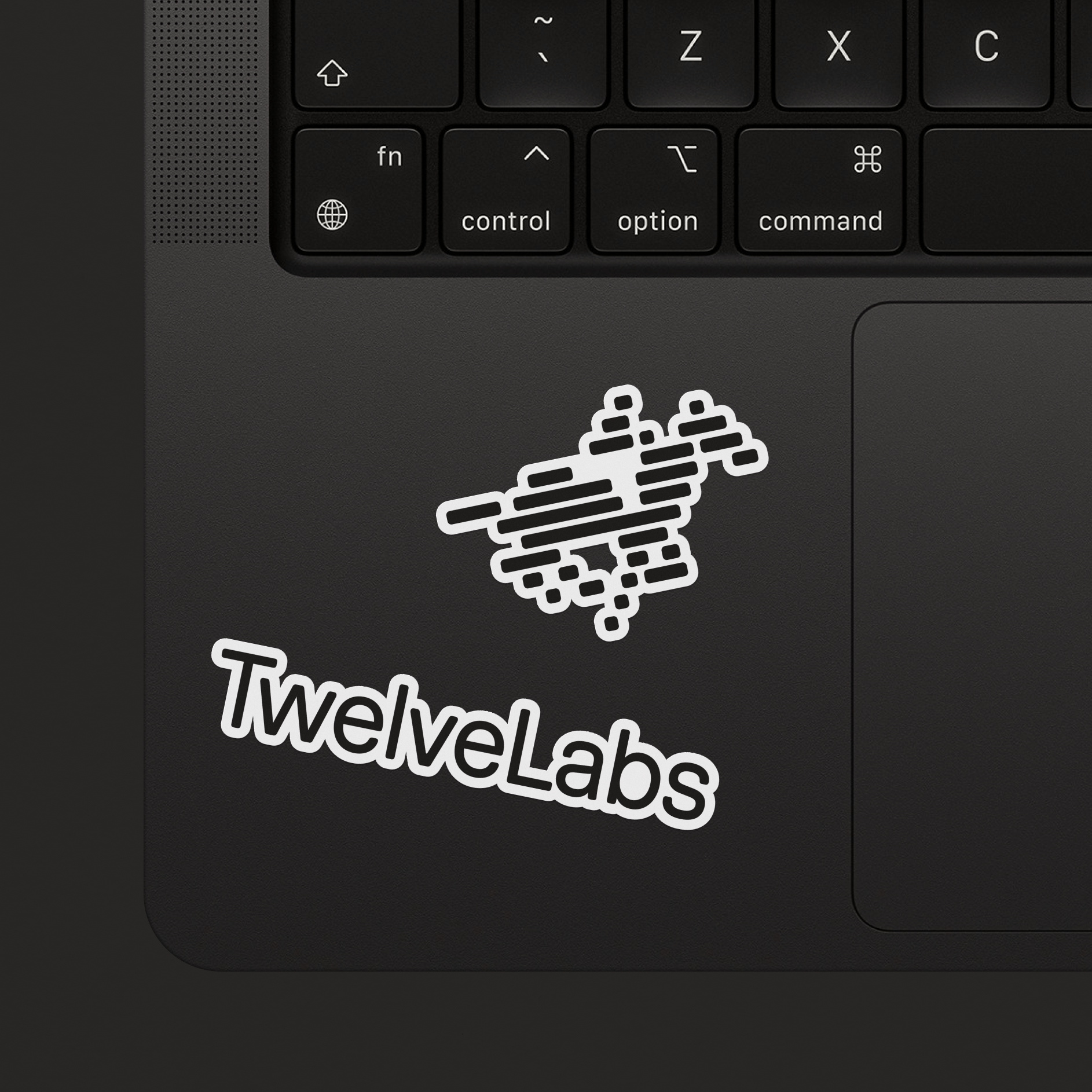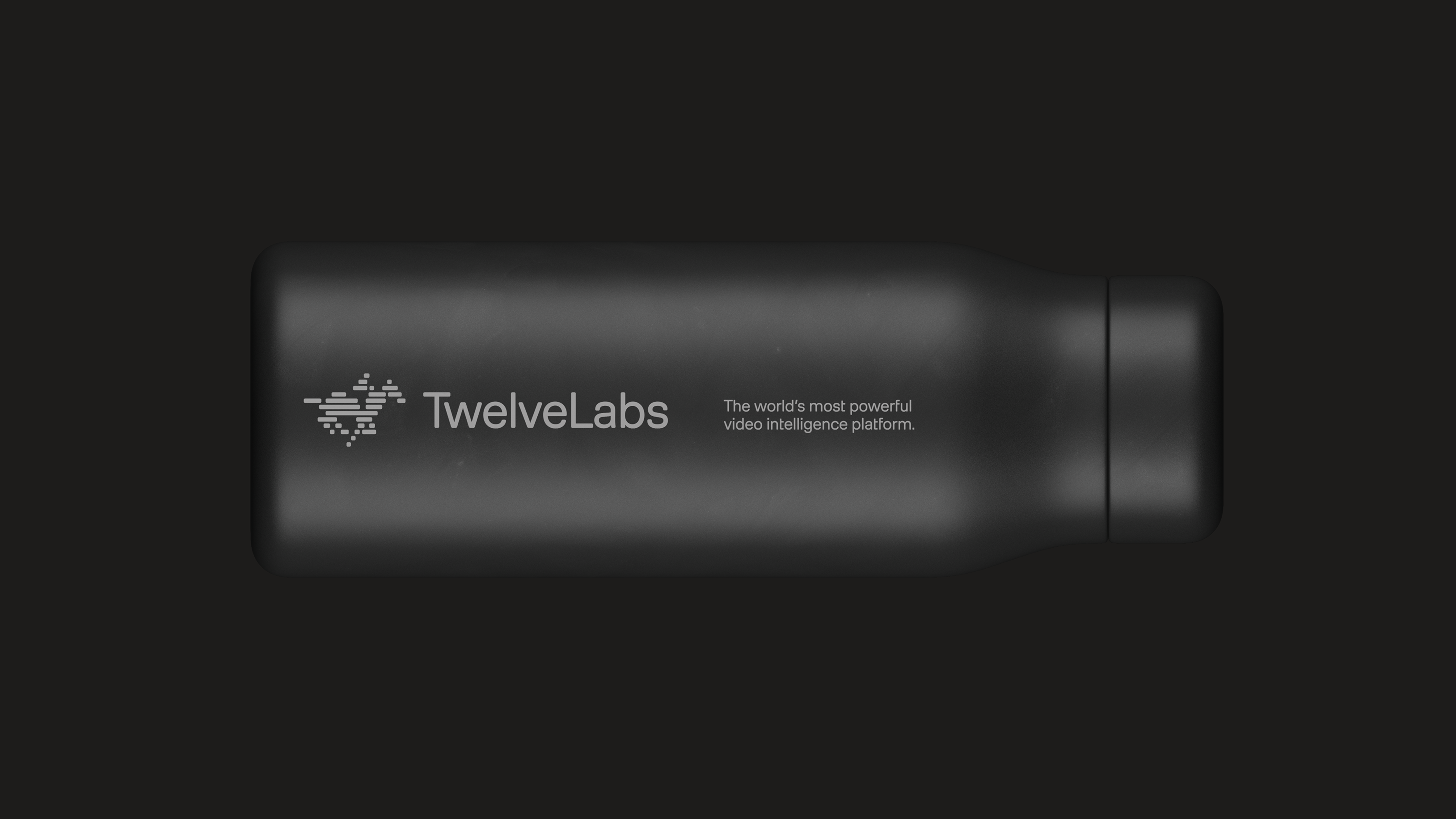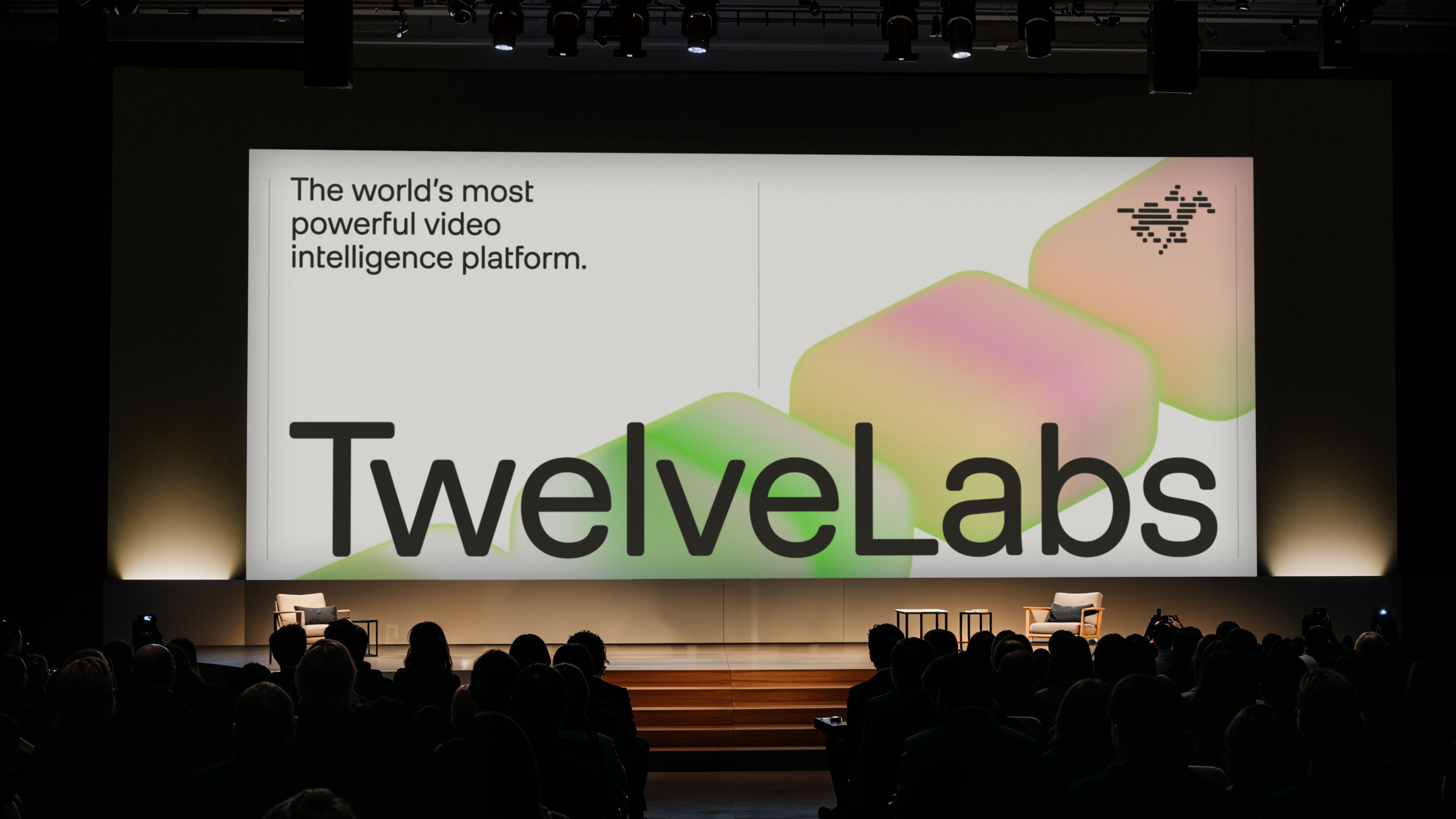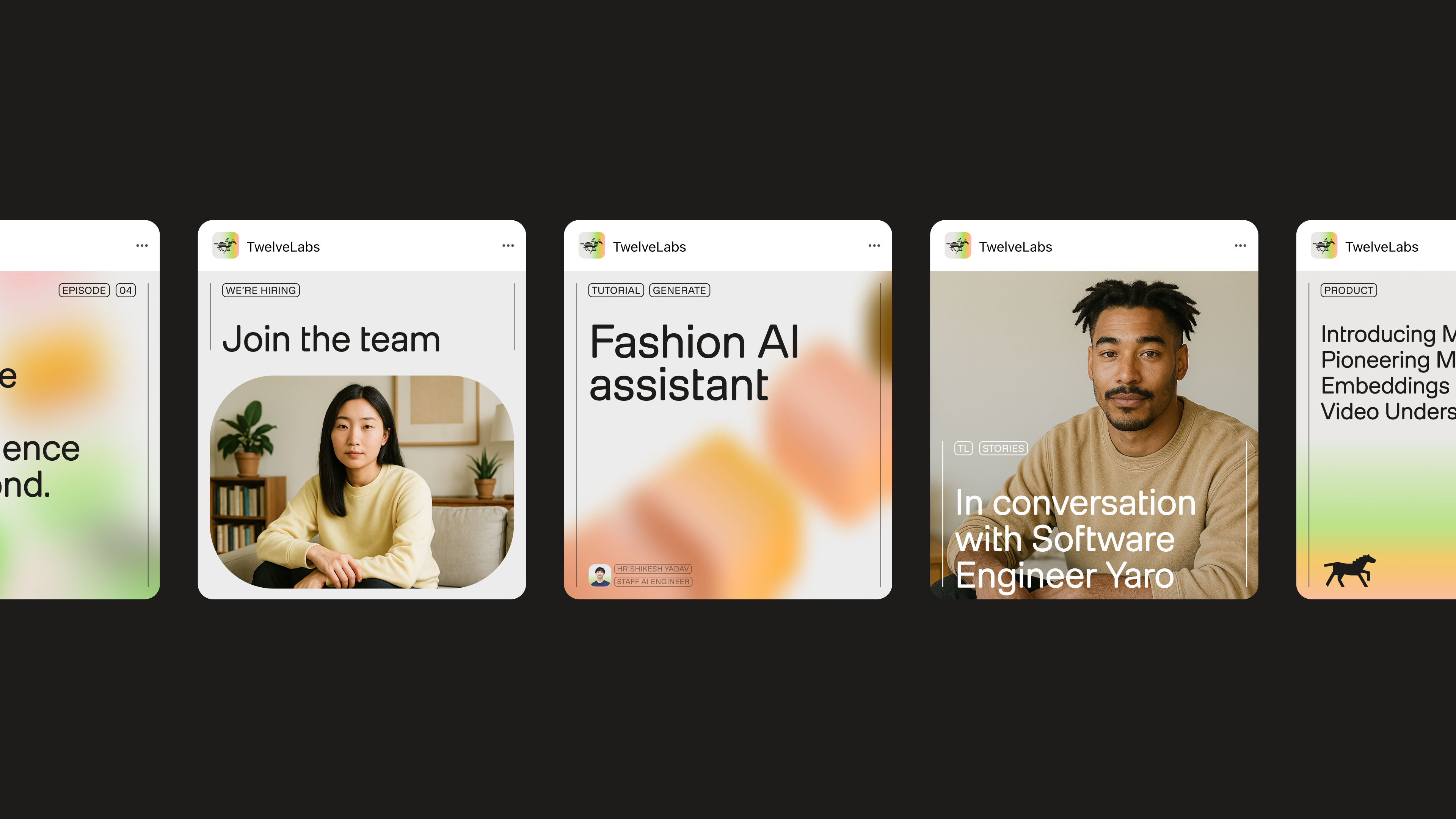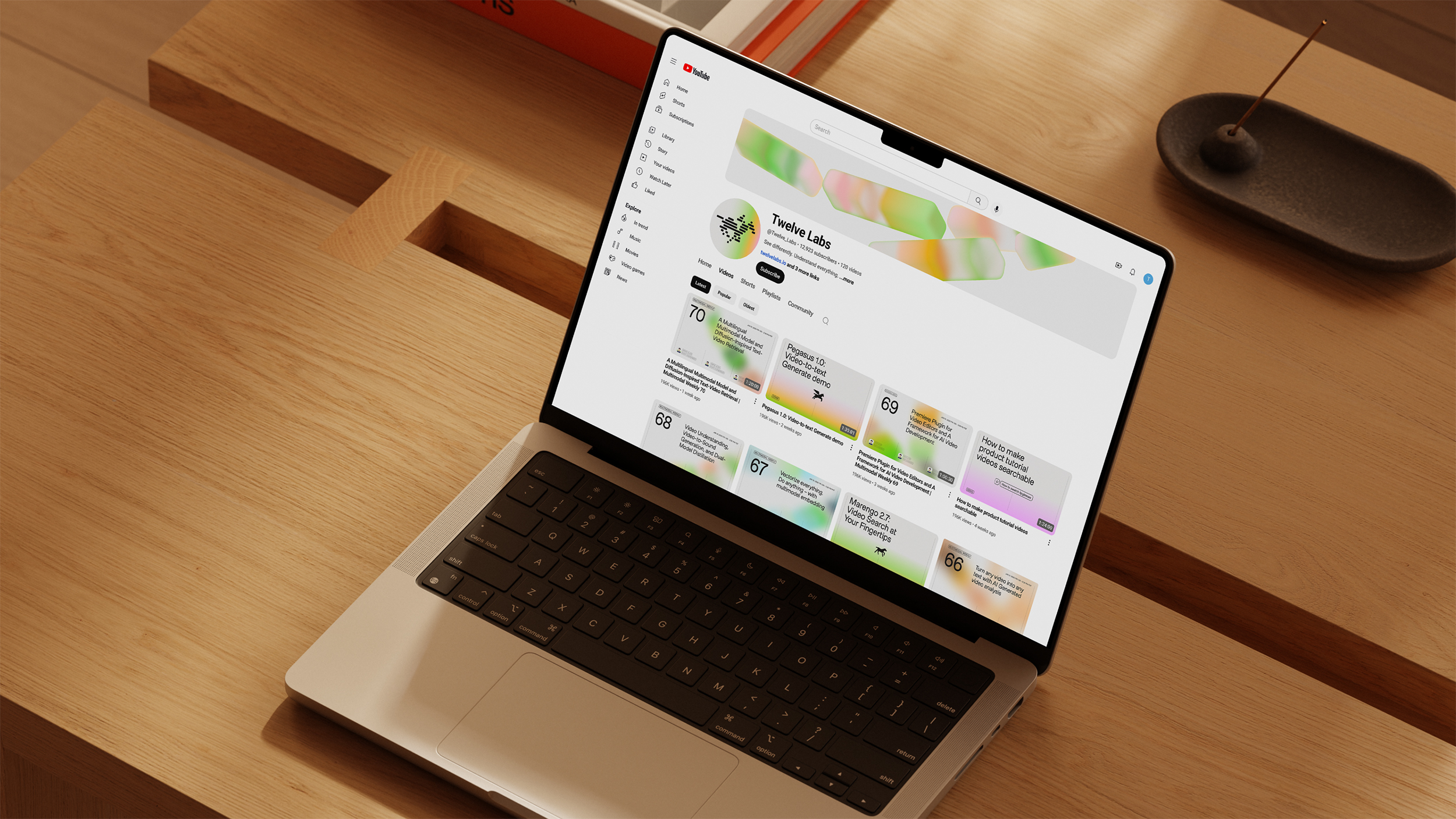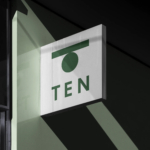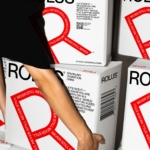TwelveLabs by Pentagram
Opinion by Richard Baird Posted 21 April 2025
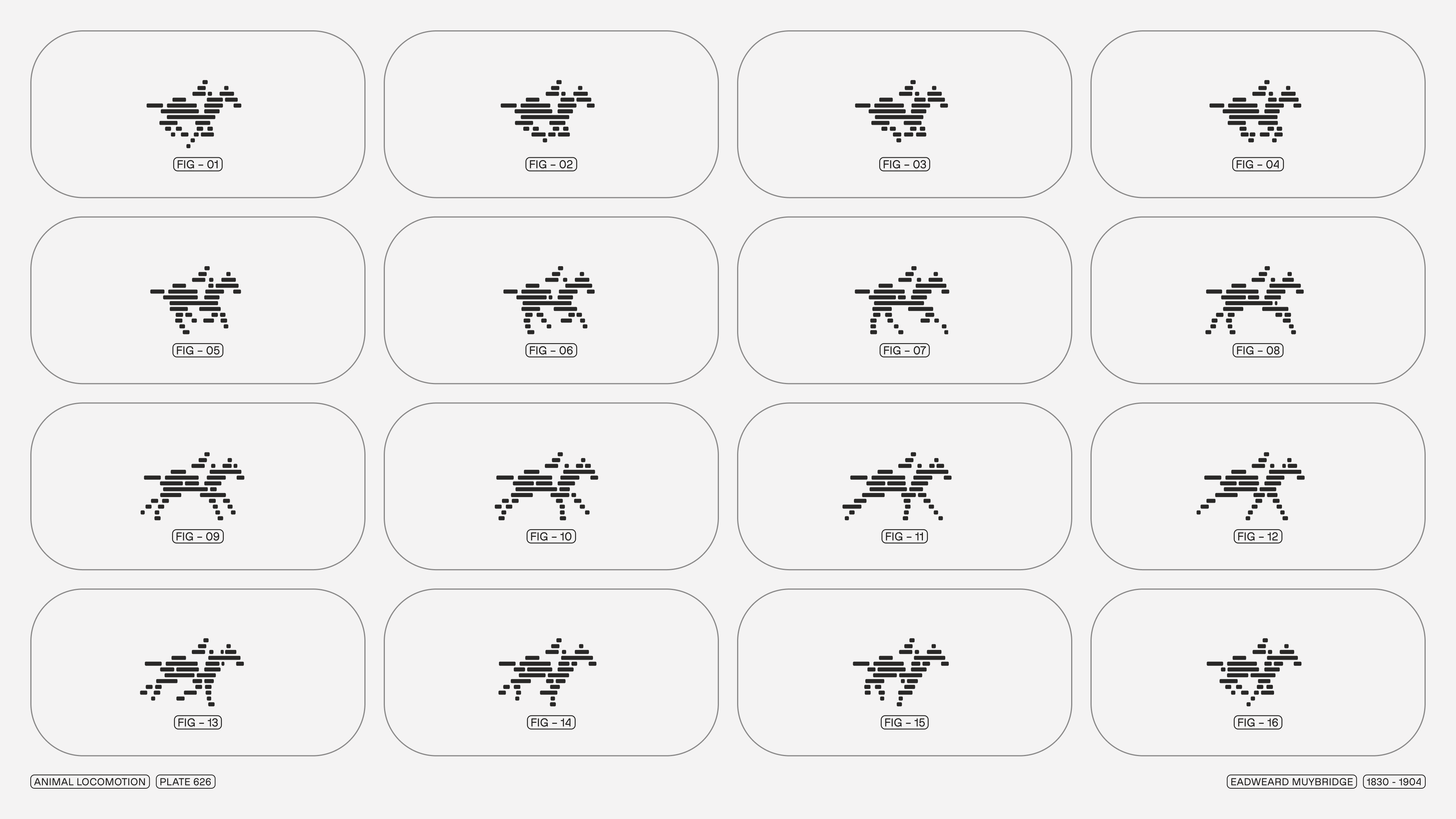
Remember when the conversation around gradients was about making ‘bad’ design look ‘better’? When RGB colours were frowned upon because you couldn’t print them? Yeah, those ideas feel a bit outdated now. HP Indigo can now run fluorescents affordably, and business card mock-ups (in RGB) are more about selling than printing.
Technology marches on, expectations and standards evolve, and everything is back on the table – as it should be. It’s about the ‘why’, not just the ‘what’, and definitely the ‘how well’. Which brings me to the ‘gradilicious’ work of Pentagram’s (Becan, Natural History Museum, Kaiyo) Jody Hudson-Powell and Luke Powell, just released for TwelveLabs – an AI model based in Seoul and San Francisco that can ‘watch’ video. More impressively, it picks up on the rhythm of a scene, its continuity, sequence, and meaning. It’s a(nother!) major advancement. Just like stills, video can now be seen and understood by AI from multiple vantage points, capturing the full ‘informational spectrum’ of moving image.
In Pentagram’s own words: ‘As the company scaled its product offering, research teams, and global reach, it needed a new identity to express not just what the technology does, but what it means for the future of video’. Colour, rhythm, and sequence – as well as the conceptual notion of ‘video as volume’ defined by Hudson-Powell and Powell – drive TwelveLabs’ visual identity. These principles inform the logo, type, colour choices, motion and video treatment, which are modulated to suit different contexts, whether online for social media assets or in print across posters, stationery, and merch.
I’ll try not to gush, but that logo… perfect. In motion… gold. Positive and negative space, packets of data, and stunning animation that nods to Eadweard Muybridge’s galloping horse from 1878 – an early photographic motion study – are pure joy. This stylisation, blending information and animation, beautifully conveys progress: bold strides forward, technological evolution, and human experience encoded into a new AI model. As Pentagram puts it: ‘A marker of movement and intelligence, not just speed’.
Those packets of data evolve into three-dimensional blocks that spatially distort video as the model ‘reads’ it. It’s a brilliant way to transform footage into an ownable brand asset. The ‘computer eye view’ is a fantastic, if slightly eerie, concept – like the distorted perspective of an alien intelligence seeing the world in ways we can’t. TwelveLabs can easily drop in video to achieve this effect.

Without video or images, these blocks become flowing sequences – another brand asset – moving through screens and posters like timelines, but with volume. ‘The whole story’ understood by machine. There’s a sense of genetic sequencing here: more science than art, supported by an interactive diagrammatic system, thoughtful typography, balanced layout, and lots of white space, punctuated by bright colour to create visual interest. There’s a touch of Pentagram’s Cohere in the mix.
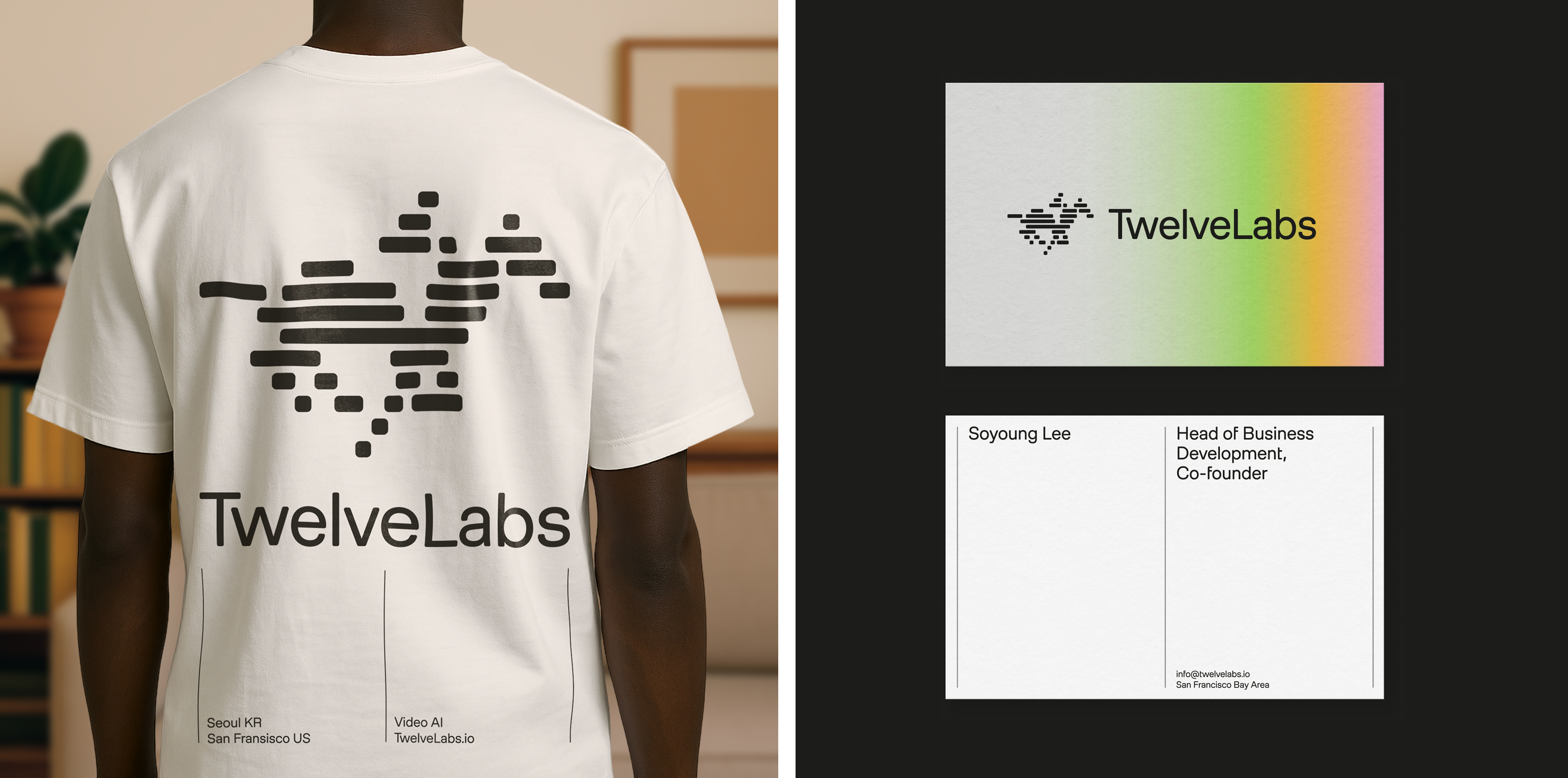
Back to gradients. Here, they don’t just decorate – they perform. They’re readable, emotionally resonant, and perfectly balanced among the white space. In print and motion, they convey a kind of flow state – an impression of scanning and comprehension. Subtle, but not ambiguous.
Across the brand, motion mirrors the platform itself: fluid, layered, continuous. There are no idle loops, no decorative transitions – everything moves with purpose. Motion has become a communicative language, an art form. The galloping horse may hint at video’s origins, but motion today is deeply embedded in our digital lives. With so much animation online, distinction now lies in intentionality and clarity. In this case: ‘revealing structure, reinforcing understanding, and flowing seamlessly between surfaces’.
There’s as much thought behind this work as there is visual flair – delightful, alive motion elements all working in harmony to make this highly advanced tech feel accessible. Looking again, those chains of blocks start to resemble something else. Snake-like. An ouroboros, maybe – poised to consume itself?
